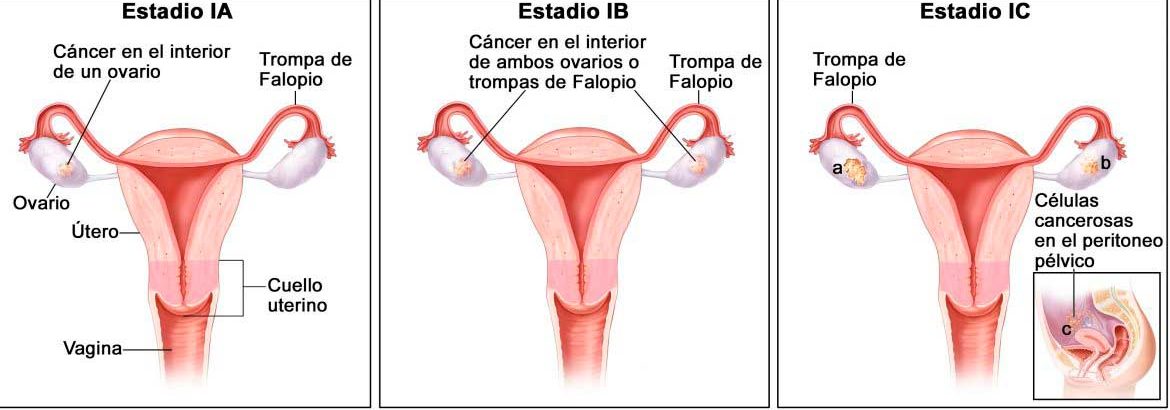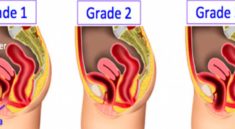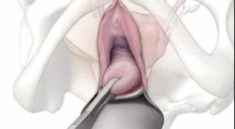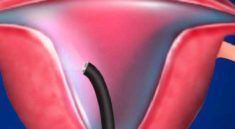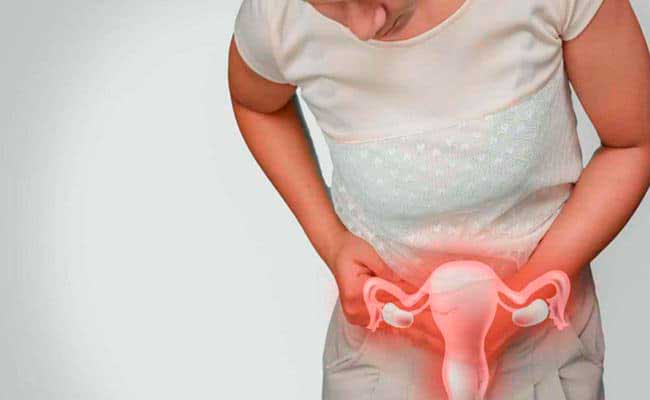
INFORMATION
SALPINGO-OOPHORECTOMY
Overview
Salpingo-oophorectomy is the surgery to remove the ovaries and fallopian tubes.
Removal of one ovary and fallopian tube is called a unilateral salpingo-oophorectomy. When both are removed, it’s called a bilateral salpingo-oophorectomy.
This procedure is used to treat a variety of conditions, including ovarian cancer .
Sometimes healthy ovaries and fallopian tubes are removed to help prevent ovarian cancer in women who are at particularly high risk. This is known as a risk-reducing salpingo-oophorectomy.
This surgery has been shown to be hughly effective in lowering the risk of breast and ovarian cancer.
Salpingo-oophorectomy doesn’t involve removal of the uterus (Hysterectomy). But it’s not uncommon for both procedures to be performed at the same time.
Who should have this procedure?
You might be a good candidate for this procedure if you need treatment for:
- ovarian cancer
- endometriosis
- benign tumors, cysts, or abscesses
- ovarian torsion (twisting of the ovary)
- a pelvic infection
- ectopic pregnancy
It can also be used to reduce the risk of ovarian and breast cancer in women who are at high risk, such as those who carry BRCA gene mutations. Reducing the risk of breast and ovarian cancer may be a viable and cost-effective option.
After your ovaries are removed, you’ll be infertile. That’s an important consideration if you’re premenopausal and would like to conceive a child.
What happens during the procedure?
Salpingo-oophorectomy can be approached several ways. The surgery usually takes between 1 and 3 hours.
OPEN ABDOMINAL SURGERY
Traditional surgery requires general anesthesia. The surgeon makes an incision in your abdomen and removes the ovaries and fallopian tubes. Then the incision is stitched, stapled, or glued.
LAPAROSCOPIC SURGERY
This procedure can be performed under general or local anesthesia. A laparoscope is a tube with a light and a camera, so your surgeon can see your pelvic organs without making a large incision.
Instead, several small incisions are made for the surgeon’s tools to access the ovaries and fallopian tubes. These are removed through the small incisions. Finally, the incisions are closed.
What’s the recovery like?
After surgery, you may have bandages over your incisions. Your doctor will tell you when you can remove them. Don’t put lotions or ointments on the wounds.
Your doctor will probably prescribe antibiotics to prevent infection. You may also need pain medication, especially if you have open surgery.
Shortly after you wake up, you’ll be encouraged to get up and walk. Moving around frequently will help prevent blood clots. You’ll also be instructed to avoid lifting more than a few pounds or engaging in strenuous exercise for a few weeks.
You can expect some vaginal discharge following surgery, but avoid tampons and douching.
You might find loose clothing more comfortable during the healing process.
Depending on the specifics of your surgery, your doctor will give you instructions regarding bathing and showering, and when you can resume sexual activity. Your doctor will also let you know when to come in for a follow-up.
Remember, everyone recovers at their own rate.
You may be able to resume normal activities within two to three weeks, versus six to eight weeks for abdominal surgery.
Tell your doctor right away if you have:
- redness or swelling at the incision site
- fever
- drainage or opening of the wound
- increasing abdominal pain
- excessive vaginal bleeding
- foul-smelling discharge
- difficulty urinating or moving your bowels
- nausea or vomiting
- shortness of breath
- chest pain
- fainting
If you aren’t already beyond menopause, removing both ovaries may immediately cause side effects associated with this transition. These may include:
- hot flashes and night sweats
- vaginal dryness
- difficulty sleeping
- anxiety and depression
In the long term, menopause increases the risk of heart disease and osteoporosis.

